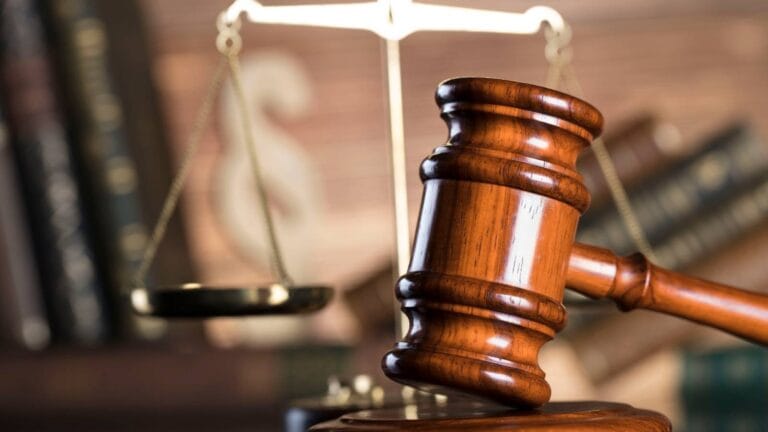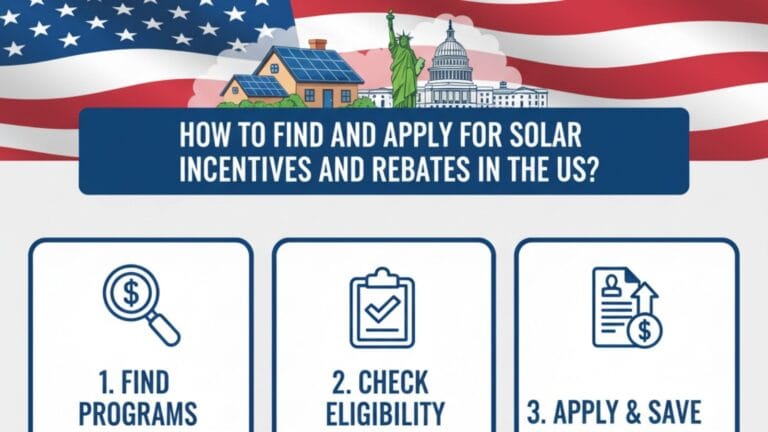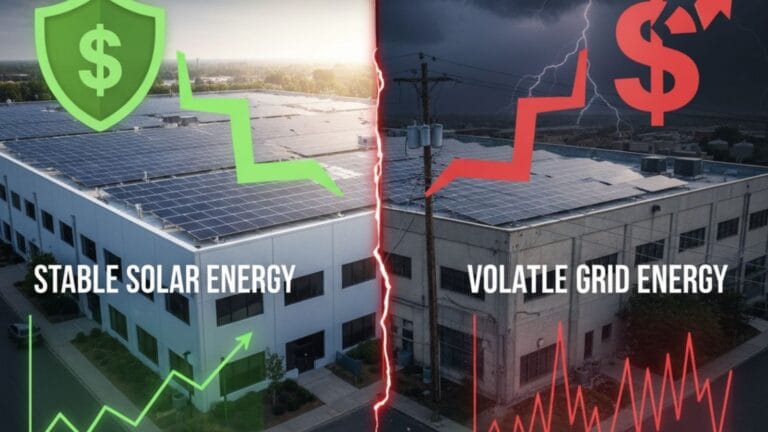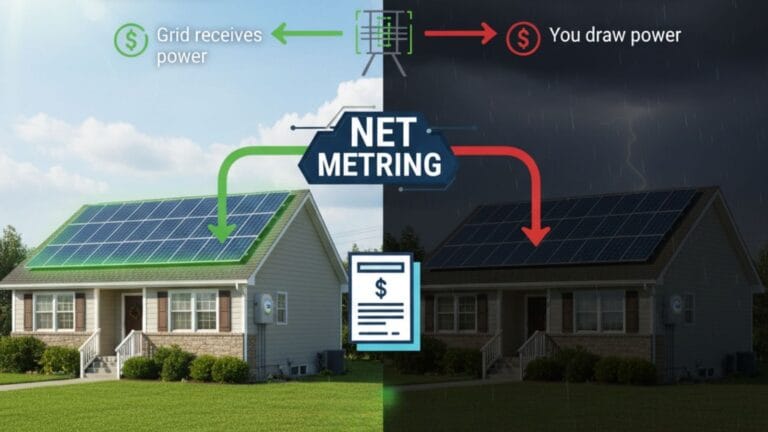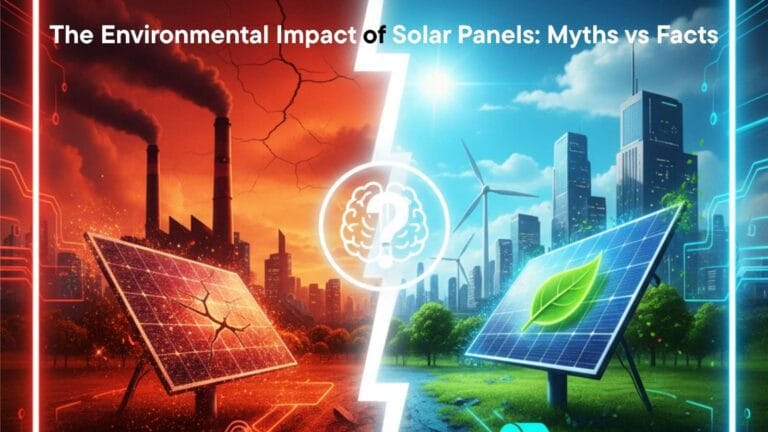How Do Solar Panels Work With Your Electric Bill?
A primary motivation for residential solar adoption is the potential to dramatically reduce or even eliminate monthly electricity bills. For many homeowners, the question isn’t whether solar will save them money, but how it works, and whether the financial returns are worth the investment. This article offers a detailed, fact-based explanation of how solar panels impact your electricity costs, the mechanics of energy metering, and the financial outcomes involved.
How Panels Impact Your Bill
At its core, a solar panel system works as a personal power plant. When your panels are producing electricity—for example, on a sunny afternoon—your home first uses that clean, self-generated power. This is called self-consumption. Every kilowatt-hour you use directly from your panels is one less you have to buy from the utility company, resulting in a direct reduction in your bill. This immediate saving is the first and most tangible financial benefit of going solar.
The Mechanics of Energy Metering
Once your home’s energy needs are met, any excess power your system generates is sent back to the grid. This is where net metering comes in, a crucial billing mechanism that can accelerate your savings. With net metering, a special bidirectional meter tracks the difference between the energy your solar panels produce and the energy you consume. When your panels produce more than you need, your meter effectively runs backward, giving you a credit for the excess power you provide to the grid. These credits can then be used to offset the cost of electricity you use at night or on cloudy days, potentially zeroing out your bill.
Long-Term Financial Outcomes
The cumulative effect of these savings is a significant financial return over the life of your system. Over a 25-year period, a solar system can lead to tens of thousands of dollars in savings, depending on your location and utility rates. This long-term value, combined with the fact that solar provides a hedge against future utility rate hikes, makes it a powerful investment. Understanding these mechanisms—from self-consumption to net metering—is the key to unlocking the full financial potential of solar energy.
How Solar Panels Generate and Offset Electricity Usage
Solar panels operate as your home’s personal power plant, and their impact on your electricity bill is a dynamic process. It all starts with the simplest of concepts: generating your own power.
How Your System Works and Affects Your Bill
Solar panels produce direct current (DC) electricity from sunlight using photovoltaic (PV) cells. This power is unusable for your home until it’s sent to an inverter, which converts it into alternating current (AC), making it compatible with all your appliances. This AC power then flows to your home’s electrical panel, where it’s ready to power your lights, appliances, and electronics.
When your panels are generating electricity, your home uses that power first. This is called self-consumption, and it’s the most valuable form of energy you can produce. Every kilowatt-hour you use directly from your panels is one less that you have to buy from the utility company, leading to an immediate reduction in your bill.
The Grid as Your Battery
When your solar system produces more energy than your home is using—which is common on a sunny afternoon—that surplus electricity doesn’t go to waste. It’s either stored in a home battery (if you have one) or, more commonly, exported back to the utility grid. This is where the magic of net metering comes in.
Net metering is a billing mechanism that tracks the difference between the power you pull from the grid and the excess power you send back. Your electric meter, called a bidirectional meter, effectively runs backward when you’re exporting energy, giving you a credit for the power you’ve provided. These credits can then be used to offset the energy you use at night or on cloudy days, making a significant impact on your final bill. The financial outcome of your system is directly tied to this dynamic relationship between how much you produce, how much you consume, and how your local utility credits you for your surplus.
What Is Net Metering and How Does It Affect Your Bill?
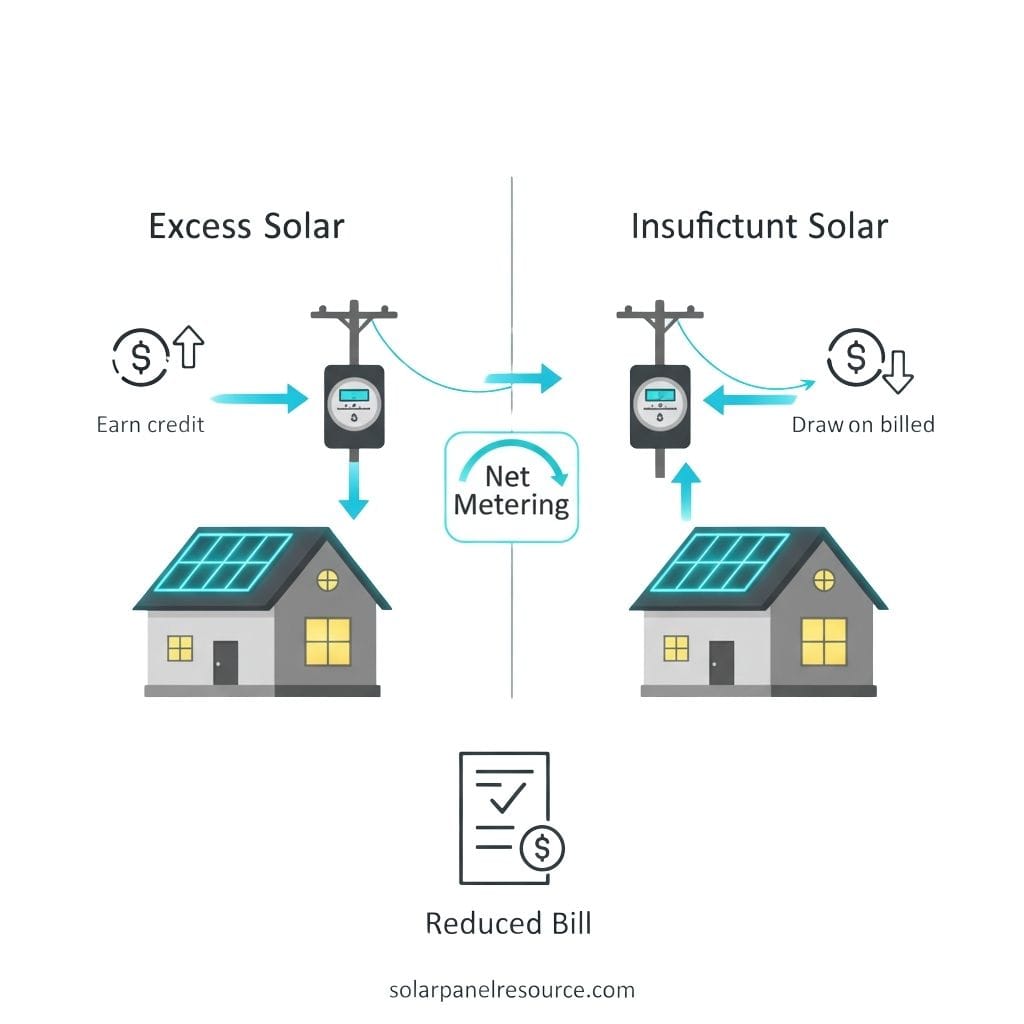
Net metering is a crucial billing arrangement that’s a primary reason why solar energy is such a sound financial investment. It allows homeowners to use the utility grid as a giant, virtual battery.
How Net Metering Works
When your solar panels are producing more electricity than your home is using, that surplus energy is automatically exported back to the grid. A special bidirectional meter tracks this energy flow, effectively running backward as you send power to the utility company. This process generates credits on your account, which you can then use to offset the energy you consume from the grid at night or on cloudy days.
This is a powerful concept because it allows you to get full value for your solar production, even if you’re not using it in real-time. According to the U.S. Department of Energy and other industry sources, a large majority of U.S. states and territories currently have some form of net metering or compensation program.
- 1:1 Credit Ratio: In the most favorable arrangements, often referred to as full retail net metering, each kilowatt-hour (kWh) you export to the grid is credited against a kWh you consume from the grid. This leads to a substantial reduction in your overall utility bill and can even bring your monthly bill close to zero, aside from a small fixed connection fee.
- Billing Cycle Adjustment: Your solar system may produce more in summer than you need, leaving you with a surplus of credits. These extra credits typically roll over to future months, allowing you to use them to offset your lower-producing winter months.
- Time-of-Use (TOU) Considerations: In some regions, electricity rates vary throughout the day. Under a Time-of-Use plan, electricity is more expensive during peak demand hours (typically the late afternoon and early evening) and cheaper at night. In these cases, your solar production credits may be worth more than the electricity you use at night, further boosting your savings.
This dynamic system is one of the primary reasons solar energy yields high long-term financial returns and can often shorten the payback period to 6–10 years.
Watch this video to understand how a bidirectional meter works.
Utility Billing Structure with Solar Panels
Utility bills can seem confusing, and when you add solar panels to the mix, it’s normal to wonder how your charges will change. The key is to understand that your bill is made up of multiple components, and solar only impacts some of them. While your solar system can drastically reduce your bill, you’ll still likely receive a statement from your utility company.
How Solar Impacts Each Part of Your Bill
The way your bill is calculated changes after you install solar, but the core structure remains the same. Here’s a breakdown of the typical charges and how solar affects each one:
- Energy Charges: This is the most significant part of your bill. It’s the cost per kilowatt-hour (kWh) of electricity you consume. This is the portion of your bill that your solar panels directly address. By generating your own clean power, you buy far less from the grid, directly reducing this charge. This can often drop to zero if your system produces enough to offset your usage.
- Delivery or Transmission Fees: These are charges for using the utility company’s infrastructure—the poles, wires, and transformers that bring electricity to your home. Since you’re still connected to the grid for backup power at night or on cloudy days, you still pay these fees. Solar reduces the energy charges but not these fixed costs.
- Minimum Bill or Connection Charges: Some utilities have a small, fixed monthly fee that you pay regardless of how much electricity you use. This fee ensures the utility can maintain the grid for all customers. These charges are not offset by solar production. The amount can vary, but it’s typically a small sum, often between $10–$25 per month.
Even with high solar output and a generous net metering policy, homeowners will almost always receive a small monthly bill due to these non-energy fees. However, the total amount is often a fraction of your previous utility bills, meaning your solar investment is still providing substantial savings.
Common Misconceptions About Solar and Utility Bills
Despite widespread adoption, several myths and misunderstandings persist about how solar panels interact with electric bills. These misconceptions can create false expectations or discourage people from making a smart financial decision. Clarifying these points helps consumers build realistic expectations and improves satisfaction post-installation.
Myth: Solar Panels Eliminate Your Electric Bill Entirely
Fact: This is one of the most common myths. While a well-designed solar system can drastically reduce your electricity costs, most homeowners will still receive a small bill. This is because utility companies charge for more than just the energy you consume. You are still connected to the grid for backup power at night and on cloudy days, so you typically pay for fees like:
- Grid Access or Transmission Fees: These are charges for using the utility’s infrastructure, such as the poles, wires, and transformers.
- Minimum Bill or Connection Charges: Some regions have a fixed monthly fee, often around $10–$25, that you must pay to maintain your connection to the grid, regardless of how much power you produce.
Your solar panels can bring your energy charges to zero, but they usually can’t offset these fixed, non-energy fees.
Myth: You Get Paid Cash for Every Extra kWh
Fact: In most cases, net metering provides credits, not cash payments. When your panels produce more energy than you’re using, that surplus electricity is sent back to the grid. Your utility company then gives you a credit on your bill for that energy, which you can use to offset your energy consumption at night or on a cloudy day. While this system is incredibly valuable and can bring your monthly bill close to zero, it’s not a source of direct cash flow. The value of these credits can vary by region and utility provider, so it’s essential to understand the specific net metering policy in your area.
Myth: Solar Panels Are Useless at Night or on Cloudy Days
Fact: It’s true that panels don’t generate electricity at night, but they are far from useless then. A well-designed system accounts for this. During the day, your panels often produce more energy than your home needs, and this surplus is either stored in a battery or, more commonly, credited through a net metering program. This allows you to “bank” your energy savings to be used later.
Similarly, solar panels still generate electricity on cloudy days, albeit at a reduced efficiency. They can still capture and use diffuse sunlight that passes through the clouds. Depending on the thickness of the cloud cover, a panel might produce anywhere from 10% to 50% of its normal output. This is why solar is a booming industry even in historically cloudy regions like Germany and the UK. Your system’s annual production is a combination of sunny and cloudy days, and a comprehensive design accounts for both to ensure a great long-term return.
How Much Can You Save With Solar on Your Electric Bill?
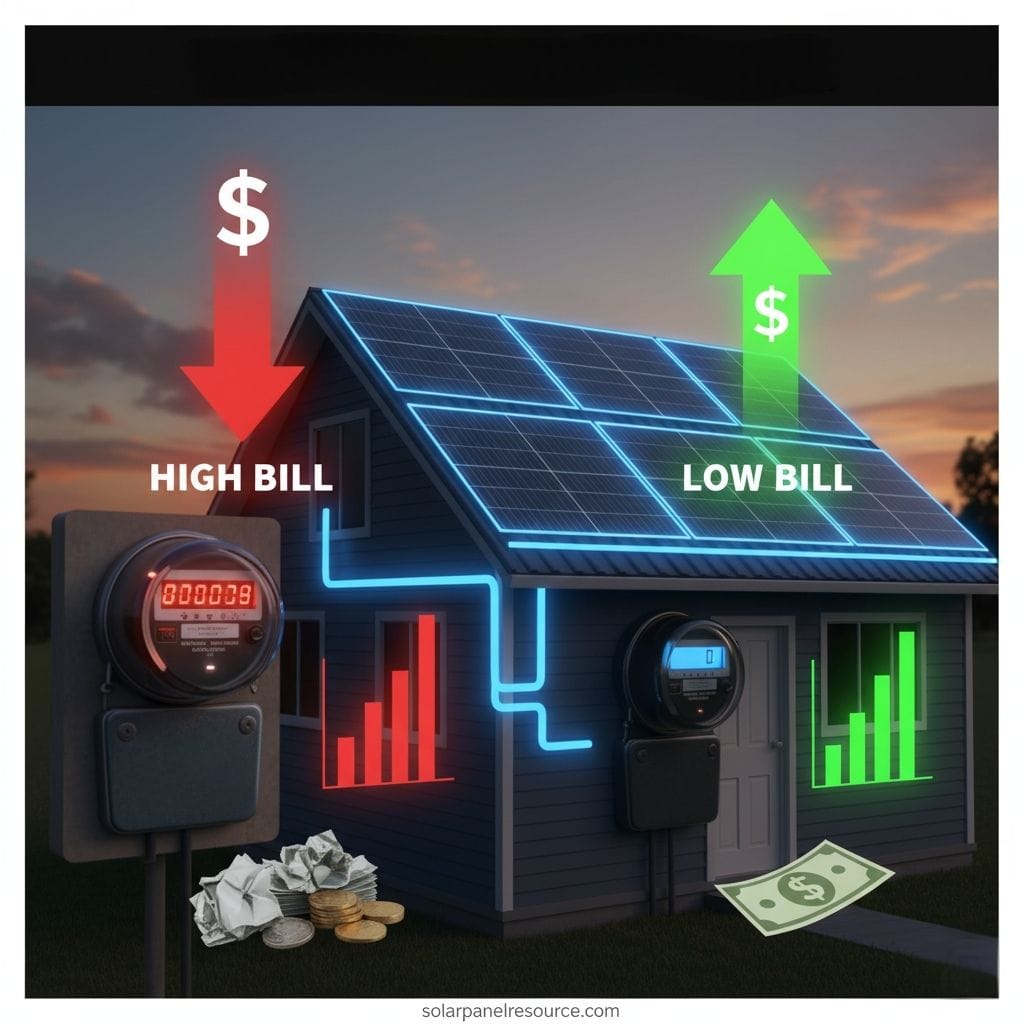
How much you save with solar panels is not a one-size-fits-all number. While the potential for savings is massive, the actual amount depends on multiple factors, and industry data offers the most reliable way to set your expectations.
Understanding Your Financial Savings
- Average Monthly Savings: According to recent data, homeowners in the U.S. can expect to save around $100–$250 per month on their electricity bills after going solar. Your exact savings depend on your home’s energy consumption, the size of your system, and the cost of electricity in your area. For instance, homeowners in regions with high electricity rates will see their savings accelerate much faster.
- Lifetime Savings: This is where the long-term value becomes clear. Over the 25-year lifespan of your solar panels, your total savings can be substantial, often exceeding $40,000 to over $60,000. In some high-cost states, like California, lifetime savings can even top $100,000. These figures factor in projected increases in utility rates, which solar helps you completely avoid.
The Impact of Incentives and Policies
The financial viability of solar is heavily influenced by policy incentives that reduce your upfront costs and increase the value of your generated energy.
State-Specific Programs: State and local policies also play a major role. Programs like California’s NEM 3.0 and New York’s VDER (Value of Distributed Energy Resources) alter the financial returns by changing how much you are compensated for excess electricity. For instance, California’s NEM 3.0 has reduced the value of exported electricity, making batteries more financially appealing, while New York’s VDER program offers a different rate structure based on a system’s value to the grid. It’s crucial to understand your state’s specific policies to accurately project your savings.
Federal Tax Credit: The federal Investment Tax Credit (ITC) is one of the most powerful financial incentives available. It allows you to deduct a percentage of your total system costs from your federal taxes. The ITC is currently set at 30% for systems installed in 2024. This single incentive can cut thousands of dollars off your final investment, dramatically shortening your payback period and boosting your ROI.
Maximizing the Financial Impact of Solar Panels
To truly maximize the economic benefits of your solar installation, it’s not enough to simply put panels on your roof. Strategic system design and smart operational behavior are essential for ensuring a fast and powerful return on your investment.
1. The Right System Sizing
One of the most common mistakes is to install a system that is either too small or too large. The most economical approach is to size your system to perfectly match your average annual electricity consumption. An expert will analyze your past utility bills to determine your usage and design a system to offset as close to 100% of that usage as possible. This strategy, when combined with a net metering policy, allows you to become a “net-zero” energy user, avoiding unnecessary overproduction and maximizing the value of every kilowatt-hour.
2. Time-of-Use Awareness and Behavioral Changes
In many regions, electricity rates are not flat; they are based on a Time-of-Use (TOU) model, where electricity is more expensive during peak demand hours (typically late afternoon and early evening). You can use this to your advantage. By simply shifting high-energy appliances like dishwashers, laundry machines, and electric vehicle chargers to run during daylight hours, you can use your own solar power to run them when grid electricity is at its most expensive.
3. Smart Energy Storage with Batteries
While net metering is a great way to “store” energy on the grid, incorporating a home battery system can take your savings and energy independence to the next level. Lithium-ion batteries can store your excess solar energy during the day and power your home at night, allowing you to avoid buying expensive electricity from the grid during peak TOU periods. They also provide a critical source of backup power during a grid outage. For homeowners in areas with frequent blackouts or unfavorable net metering policies, a battery can be a game-changer.
4. Ongoing Maintenance and Monitoring
Solar panels are a long-term investment that require minimal maintenance, but you can’t simply install them and forget about them. Regularly monitoring your system’s performance through an app or web portal is a simple but powerful way to ensure you’re getting the most out of your panels. A sudden drop in production can signal an issue like a shaded panel, a faulty component, or accumulated dirt. A quick visual check and an occasional cleaning with a hose and a soft brush can help you maintain optimal output and ensure your system performs flawlessly for decades to come.
A Smarter Way to Manage Your Utility Costs
Solar panels fundamentally change the structure of residential electricity billing, turning a monthly expense into a long-term asset. Through real-time production and net metering, homeowners can significantly reduce their dependence on utility providers. For most users, the overall savings and long-term financial return far outweigh the initial costs, making solar a compelling economic investment.
The Financial Payoff of Solar
- Significant Bill Reduction: Your solar system first powers your home, directly reducing the amount of energy you have to buy from the utility company. Any surplus energy is then sent back to the grid, where net metering credits it to your account. This real-time production and crediting can lead to substantial savings, with the average U.S. homeowner saving $100 to $250 per month, according to industry data from EnergySage. While small, fixed fees for grid access may remain, your energy charges can be reduced to a fraction of your previous bill.
- A Robust Return on Investment (ROI): Solar is not just about monthly savings; it’s a long-term investment. Most systems have a payback period of 6–10 years, after which the electricity is essentially free. With a 25-year lifespan, this translates to tens of thousands of dollars in savings, often delivering an ROI of 8% to 14% or higher, a return that rivals many traditional investments.
- Increased Property Value: A solar system is a valuable home upgrade. Research from institutions like Zillow and SolarReviews shows that homes with owned solar panels sell for an average of 4.1% to 6.9% more than comparable non-solar homes. This added value provides a robust safety net and can help you recoup your investment should you sell your home before the system has fully paid for itself.
Key Financial Boosters
The financial case for solar is strengthened by a number of powerful incentives. The federal solar Investment Tax Credit (ITC) is a cornerstone of this, offering a significant deduction on your total installation costs, which directly shortens the payback period. Combined with regional net metering policies and local rebates, these programs can make solar accessible to a wide range of consumers. As utility prices continue their upward trend and technology costs fall, the financial argument for solar power grows stronger with each passing year, solidifying its place as a financially viable and robust economic investment.
You can also learn more about solar panels by reviewing other articles on our blog.

Solar Energy Enthusiast & Renewable Energy Researcher
Vural’s journey into solar energy began four years ago, driven by frequent power outages and high electricity bills at his own home. He has since gained hands-on experience with both personal and commercial solar projects. At solarpanelresource.com, Vural shares his real-world insights and in-depth research to guide homeowners and business owners on their own path to energy independence.


